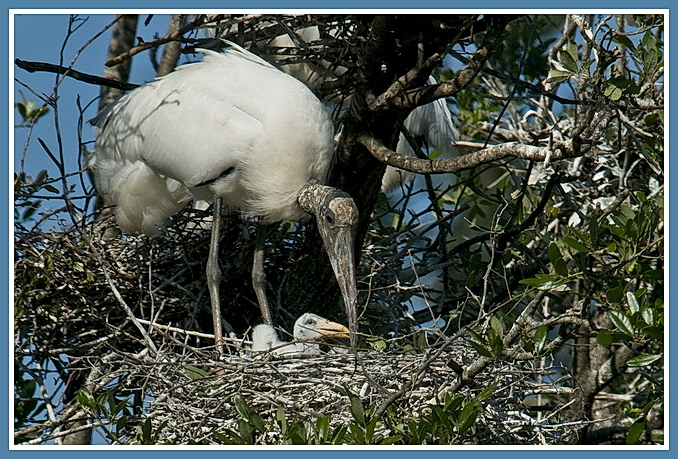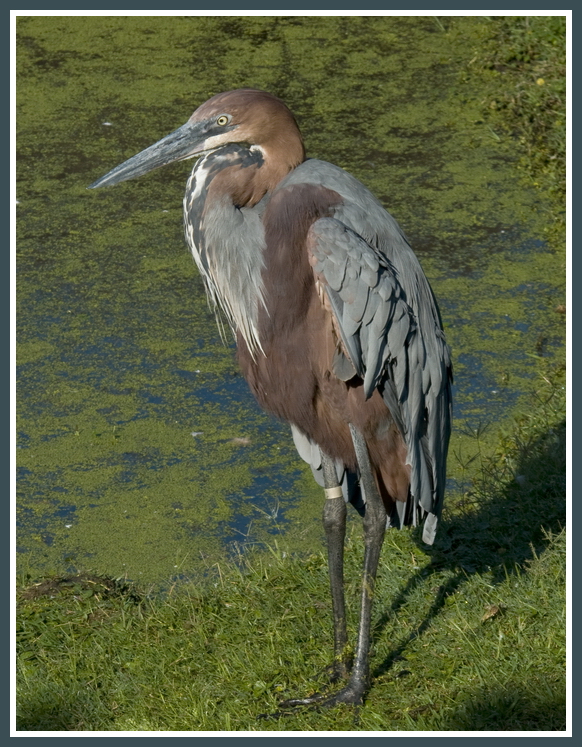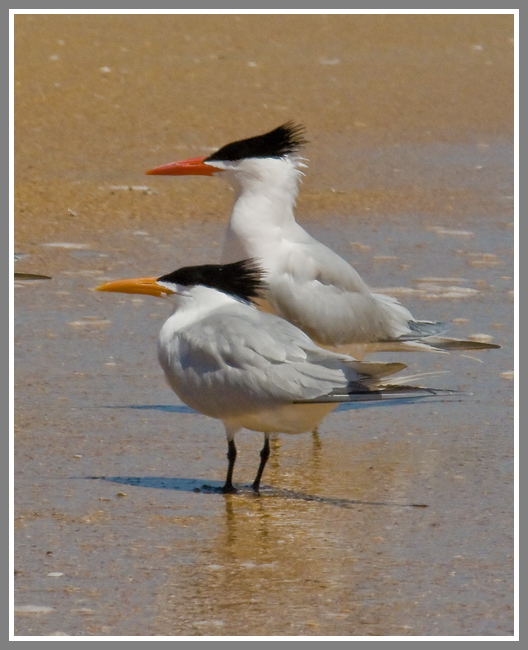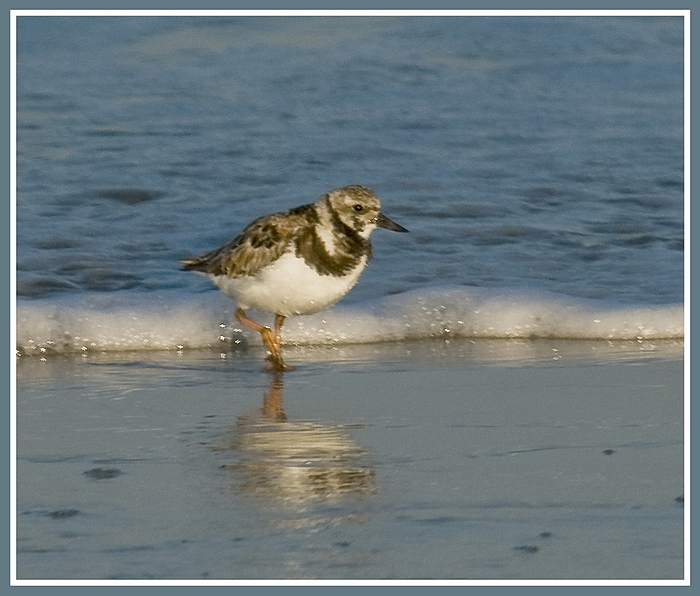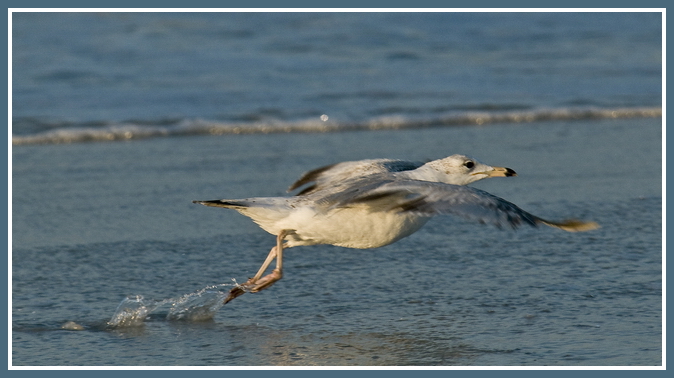 We will be doing Photo Story Challenge next. It is a small group of 3-5 images that either tell a story or relate to each other.
We will be doing Photo Story Challenge next. It is a small group of 3-5 images that either tell a story or relate to each other.
Examples-
1. A newborn baby, a shot of him or her arriving home, a few close ups like baby booties..bottles...
2. Vacation trip- could be any shots that relate to each other.
3. Wedding-bride & groom, closeup of flowers with rings, a church/alter shotHere is an example of one.
We posted early so you can see
more examples.
CLICK HERE
Photographs & Memories and here,
Gina's Space.

This was taken last year on my visit to the Cameo Factory in Italy.
If you do not have a photo software editing program & cannot display them on one document, you can post them all in one post. They can be anywhere from
3 images to 5 for your Photo Story. This will take time so I am posting this early so you can work on it.
To enter your Photo Story you will have to wait till Thursday to post. As usual, you will have a week to post. I plan on posting another entry for this challenge. So PLEASE wait till Thursday to post.










